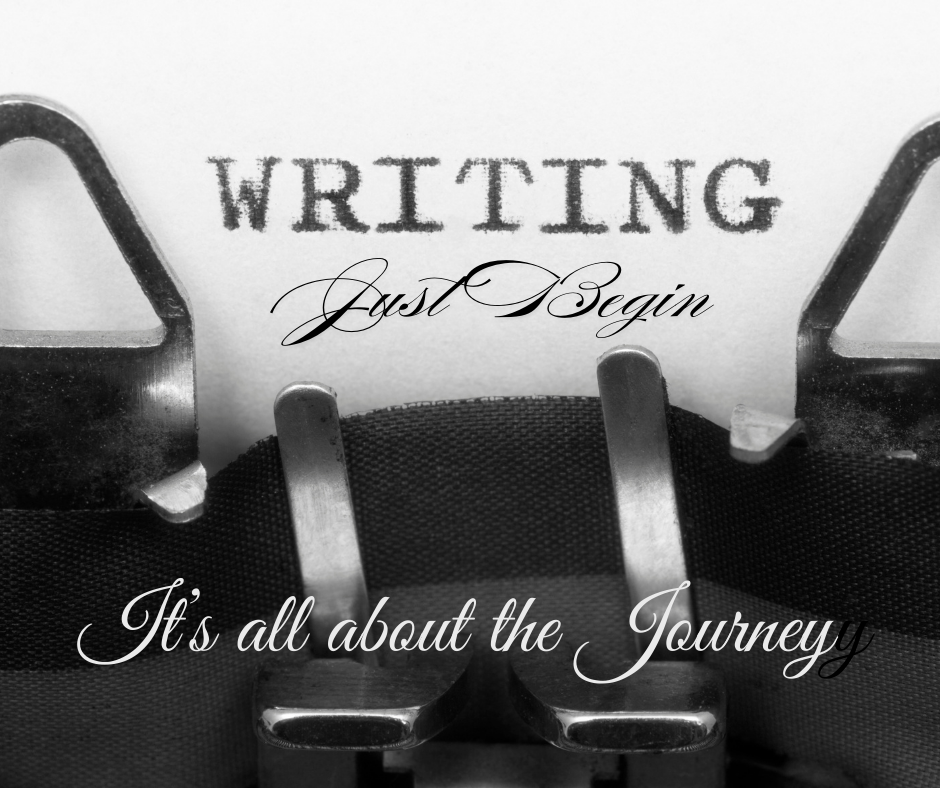As a first-time author, writing a book might be a daunting endeavor. But, anyone can write a book with proper preparation, organization, and commitment. Whether you’re writing a novel, a memoir, or a self-help book, there are a few crucial steps you can follow to get started in the creative process.
TOOLS
Before starting the writing process it’s always a good idea to decide on what tools you will use. Are you a person who likes to write everything down on paper, or do you prefer writing software, such as MS Word or Google Docs? Personally, I use all three methods.
PLANNING
Planning a book is the first stage in the writing process. Do you already have an idea? Choosing the book’s genre, category, target market, and overarching subject are all necessary steps in this process.
OUTLINES
Making an outline is also advisable because it will act as a guide for your writing. Characters, major story points, and any other crucial information should all be covered in the outline. There are several different options that you can employ. Depending on what I am writing and if it’s the first book in a series or the second or third, I may or may not create an outline.
SCHEDULING
Setting and adhering to a writing schedule is helpful to many authors. This could entail setting a daily word count goal or dedicating a specific amount of time to writing each day. This is a must to keep your project moving forward and not sitting idle. Carve out a daily or weekly schedule that you can dedicate time to work on your project and stick to it. Even if it’s only ten minutes a day.
YOUR SPACE
It’s crucial to have your own space and to create a writing atmosphere that promotes productivity.
Finding a peaceful spot to write in, creating a designated writing space, or employing music or other tools to help you focus are all examples of how to do this.
THE DRAFT
It’s critical to keep in mind that the first draft is simply that—a draft—as you write. It won’t be flawless, and it may seem like a jumbled mess at first, but that’s okay. Editing, structure, chapters, etc. will come in the next step. The goal with your draft is to get it all down on paper or in your word processor. This is the most crucial step.
REVISIONS & EDITS
After finishing a draft, you can go back and revise, edit, and polish it until you have a finished product that is prepared for publication. Keep in mind to reach your finished publication-ready book will take many edits and revisions, this is normal so don’t get discouraged and stay positive.
